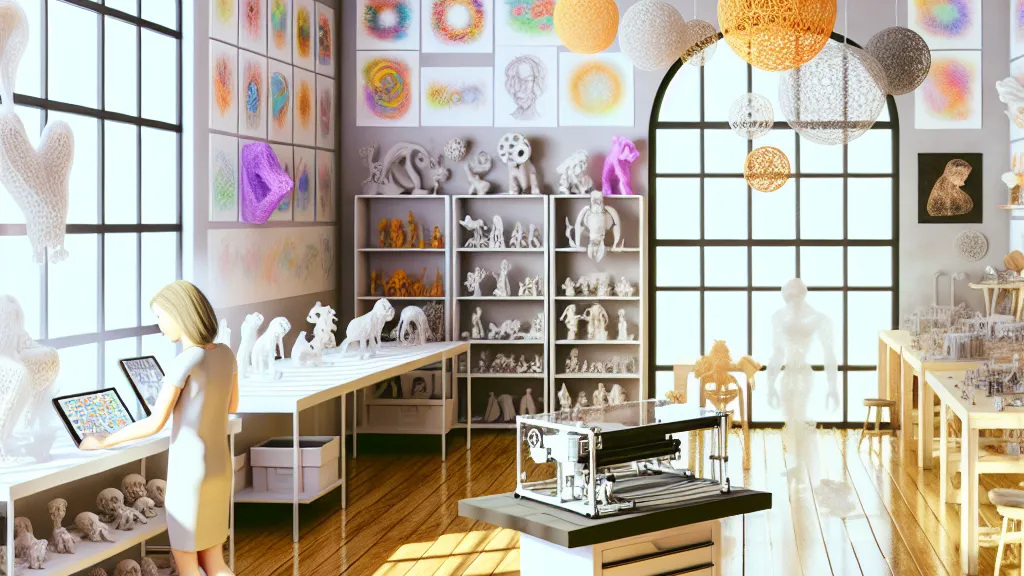Unlock Your Creativity with 3D Art Techniques
Creative expression often takes many forms, and in recent years, 3D art has emerged as a captivating way to push the boundaries of traditional artistic mediums. Whether you are a seasoned artist or a curious beginner, introducing 3D techniques into your repertoire can provide a fresh perspective and inspire new ideas. In this article, we will explore various 3D art techniques, tools, and tips that will help you unlock your creativity and bring your art to life.
Understanding 3D Art
3D art refers to the creation of three-dimensional images, objects, and scenes that can be viewed from multiple angles. This form of art can be achieved through several mediums, including sculpture, digital modeling, and even painting with a focus on depth and perspective. With technological advancements, software and tools have made it easier for artists to experiment with and create their own 3D works.
Popular 3D Art Techniques
- 3D Modeling: This technique involves creating a digital representation of an object or scene using software like Blender, ZBrush, or SketchUp. These programs allow artists to build intricate structures, animate characters, and render lifelike environments.
- Sculpting: Traditional sculpting methods using clay, wax, or other materials can also lead to stunning 3D creations. Techniques like additive sculpting (adding material) and subtractive sculpting (removing material) will enable you to shape your pieces into desired forms.
- Mixed Media: Combining various materials such as paper, fabric, and found objects can create dimensional collages and mixed media art. Layering these materials gives a sense of depth and texture to your artwork.
- 3D Printing: For those with access to a 3D printer, this technology allows you to bring your digital models into the physical world. Start with simple designs, and as you grow in confidence, tackle more complex structures.
- Augmented Reality (AR): AR technology can blend digital objects with the real world. Applications like Adobe Aero let artists create immersive experiences where viewers can interact with the art.
Tips for Getting Started
- Start Simple: If you’re new to 3D art, begin with simple shapes and forms. As you become more comfortable, gradually increase the complexity of your projects.
- Invest in Learning: Consider taking online courses or watching tutorials that focus on specific 3D techniques. Websites like Udemy and Skillshare offer a wealth of resources.
- Practice Often: Like any skill, practice is key. Dedicate time regularly to experiment and develop your 3D art skills.
- Seek Inspiration: Explore the works of other 3D artists to gain creative inspiration. Platforms like Instagram, Pinterest, and Behance are great places to find ideas.
Conclusion
3D art is an exciting and dynamic form of creative expression that allows you to explore new dimensions within your art practice. By understanding various techniques and tools, you can expand your artistic boundaries and produce stunning three-dimensional works. So grab your sculpting tools, fire up your modeling software, or set up your printer, and start creating today!

